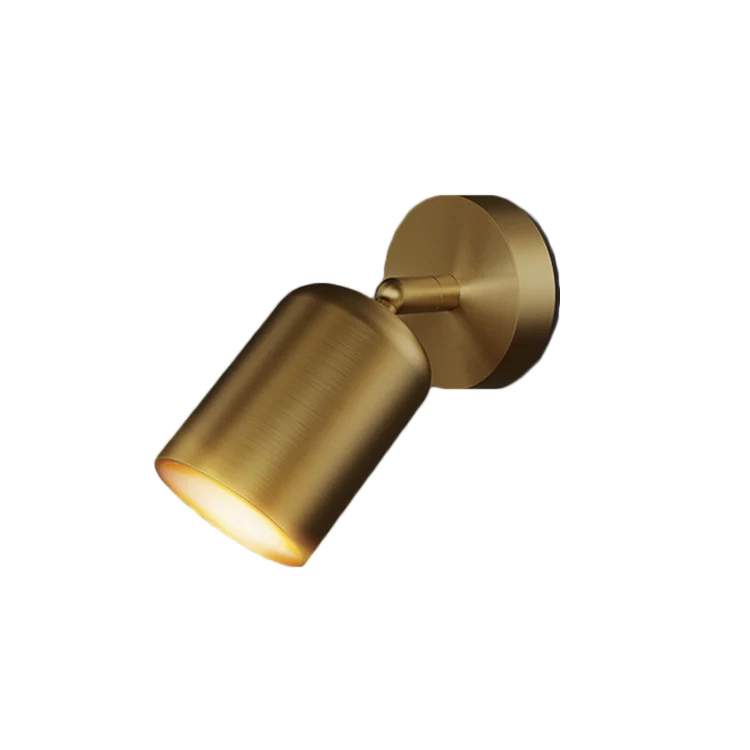LEAFLETS
PRODUCTS
Choosing The Best Desk Lamp For Your Child's Room
Brightness and Color Temperature
The brightness of a desk lamp, measured in lumens, is crucial. A lamp that's too dim will strain your child's eyes, forcing them to squint and potentially leading to headaches. Conversely, a lamp that's excessively bright can be equally disruptive, causing glare and discomfort. Aim for a lamp with adjustable brightness settings, allowing you to customize the light level to suit different tasks and times of day. This flexibility is essential as your child's needs may change as they grow and their studies become more demanding.
Color temperature, measured in Kelvin (K), determines the "warmth" or "coolness" of the light. Lower Kelvin values (2700K-3000K) produce a warmer, more yellowish light, ideal for relaxing activities like reading before bed. Higher Kelvin values (5000K-6500K) produce a cooler, whiter light, which is better for focused tasks like studying or writing. For a child's desk lamp, a color temperature around 4000K-5000K is generally recommended, offering a balance between task-oriented brightness and a comfortable ambiance. Look for lamps with adjustable color temperature settings for ultimate versatility.
Type of Lamp and Bulb
LED lamps are the clear winner for children's desks. They are energy-efficient, long-lasting, and generate less heat than incandescent or fluorescent bulbs, making them safer for a child's workspace. LEDs also offer a wider range of color temperature options and brightness levels, providing greater control over the lighting environment.
Consider the type of lampshade. A diffuser shade, which scatters the light more evenly, is preferable to a bare bulb or a shade that focuses the light in a single direction. This reduces glare and provides more uniform illumination across the desk surface, preventing harsh shadows that can strain the eyes. A flexible arm or neck allows for precise positioning of the light, ensuring that the light is directed where it's needed most, without causing glare or shadows on the work surface.
Safety Features
Safety should be a paramount concern when choosing a desk lamp for your child's room. Opt for a lamp with a sturdy base to prevent tipping. Ensure the lamp is UL-listed or certified to meet safety standards, guaranteeing it won't overheat or pose an electrical hazard. A cool-to-the-touch design is also important, especially for younger children who might be tempted to touch the lamp while it's in use. Check for any sharp edges or fragile components that could pose a risk.
Consider the cord length and placement. A longer cord provides greater flexibility in positioning the lamp, while a well-designed cord management system can help keep the workspace tidy and prevent tripping hazards. Avoid lamps with exposed wires or easily accessible internal components, especially for younger children.
Design and Aesthetics
While functionality is paramount, the aesthetic appeal of the lamp shouldn't be overlooked. Choose a lamp that complements your child's room décor and reflects their personality. A visually appealing lamp will encourage them to use it and create a more positive study environment. However, avoid overly flashy or distracting designs that could detract from their focus.
Consider the size and scale of the lamp in relation to the desk and the room. A lamp that's too large will overwhelm the space, while one that's too small may be insufficiently bright. A proportionate size will ensure the lamp looks harmonious within the overall design of the room. Selecting a lamp with durable materials will ensure it can withstand the wear and tear of daily use, extending its lifespan.
Ergonomics and Adjustability
A well-designed desk lamp should be ergonomic, meaning it's comfortable and easy to use. Look for features such as adjustable height, arm, and angle adjustments. This allows your child to position the light precisely where they need it, minimizing glare and maximizing visual comfort. Adjustability is particularly important as your child grows and their seating position changes. A lamp that can adapt to different heights and angles will ensure that the light remains optimally positioned for years to come.
The lamp should not obstruct their workspace or take up too much valuable desk space. A compact and efficiently designed lamp leaves ample room for books, notebooks, and other study materials. Consider features like a built-in USB port for charging devices, adding to the overall functionality and convenience of the lamp.
Budget and Value
Desk lamps range significantly in price. While it's tempting to opt for the cheapest option, investing in a higher-quality lamp with durable materials and advanced features will often be a more cost-effective choice in the long run. A reliable lamp that lasts for years will save you money on replacements and repairs.
Consider the long-term value of the lamp. A lamp with adjustable settings, energy efficiency, and safety features will provide greater value over time compared to a basic model. Read reviews from other parents to get an idea of the lamp's durability and overall performance before making your purchase.
By considering these factors, you can choose a desk lamp that will not only illuminate your child's study space but also contribute to their comfort, eye health, and academic success. Remember that a well-lit study area is a crucial element of creating a productive and enjoyable learning environment.SUBSCRIBE
INQUIRY










